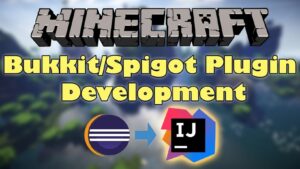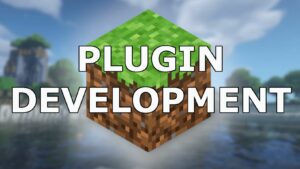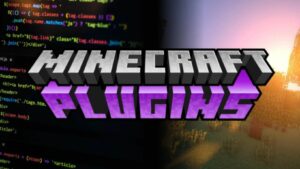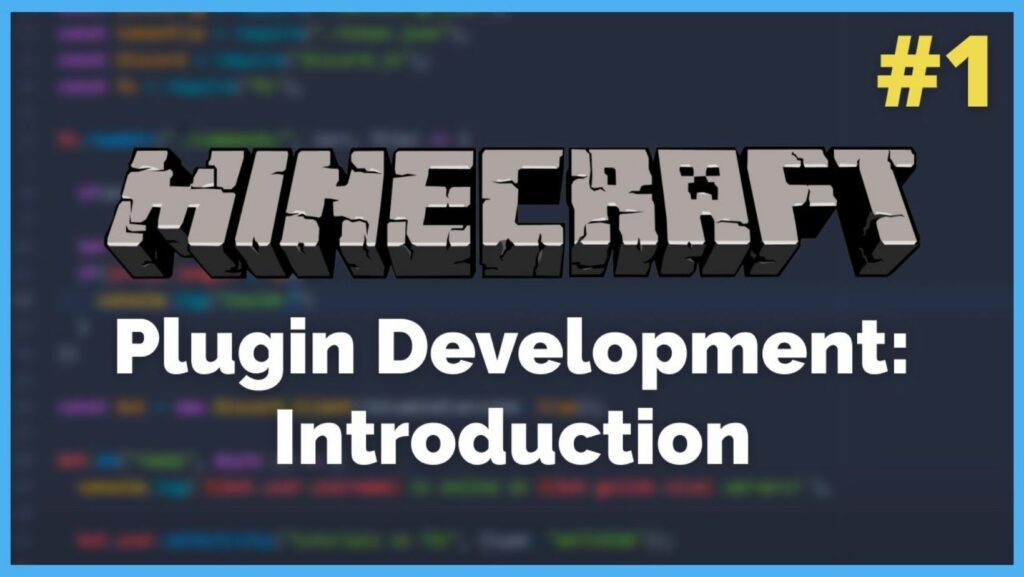Minecraft Plugin Development
 In the vast world of Minecraft, customizing gameplay through plugins has become a popular trend among players and developers alike. Crafting unique experiences and adding new functionalities to the game has never been easier with Minecraft plugin development. Whether it’s enhancing in-game mechanics, introducing new features, or creating mini-games, the possibilities are endless.
In the vast world of Minecraft, customizing gameplay through plugins has become a popular trend among players and developers alike. Crafting unique experiences and adding new functionalities to the game has never been easier with Minecraft plugin development. Whether it’s enhancing in-game mechanics, introducing new features, or creating mini-games, the possibilities are endless.
Players looking to delve into the realm of Minecraft plugin development will find a creative outlet to bring their ideas to life. By harnessing the power of Java programming, they can shape the game to match their vision and share it with the gaming community. With a blend of creativity and technical skills, aspiring developers can unlock a whole new level of gameplay possibilities within the Minecraft universe.
Understanding Minecraft Plugin Development
Minecraft plugins are customizations that modify gameplay, offering unique experiences, additional functionalities, and new features within the game. These plugins enhance in-game mechanics, enabling players to create mini-games and tailor the Minecraft universe to their preferences.
Minecraft plugins are modifications that extend the game’s functionality, allowing players to change aspects of gameplay, introduce new mechanics, and enhance the overall gaming experience.  These plugins are created using Java programming and offer a wide range of customization options to players.
These plugins are created using Java programming and offer a wide range of customization options to players.
Plugin development in Minecraft involves utilizing Java programming skills to create custom modifications that can be integrated into the game. Developers can write code to add new features, modify existing gameplay mechanics, and introduce unique elements to enhance player interactions within the Minecraft world. By understanding the basics of plugin development, players can unleash their creativity and design tailored experiences within the game.
Java is the primary language used for Minecraft plugin development. Developers leverage Java to create custom features, mechanics, and functionalities within the game. With Java’s flexibility and robustness, players can modify gameplay elements, design unique experiences, and enhance the gaming environment in Minecraft.
Integrated Development Environments (IDEs) are essential tools for Minecraft plugin development. IDEs like Eclipse, IntelliJ IDEA, and NetBeans provide developers with a comprehensive platform to write, test, and debug their plugins efficiently. These environments offer features such as code completion, syntax highlighting, and easy project management, streamlining the development process and ensuring the creation of high-quality plugins for Minecraft.
Setting up a proper development environment is crucial for Minecraft plugin development. Here’s a guide to getting started with the necessary tools.
Writing Your First Plugin
Developing a Minecraft plugin entails setting up a solid foundation to ensure a seamless creation process. This includes structuring the plugin correctly and implementing command listeners for efficient gameplay customization.
Setting Up the Plugin Structure
 When embarking on plugin development, establishing a clear and organized structure is paramount. By adhering to a standardized format, developers can streamline coding tasks and enhance plugin readability. Here’s a basic outline to set up the plugin structure:
When embarking on plugin development, establishing a clear and organized structure is paramount. By adhering to a standardized format, developers can streamline coding tasks and enhance plugin readability. Here’s a basic outline to set up the plugin structure:
- Main Class: Begin by creating a main class that serves as the entry point of the plugin.
- Plugin.yml File: Define plugin metadata and configurations in the plugin.yml file.
- Events Package: Organize event listeners within a designated package to manage in-game interactions effectively.
- Commands Package: Structure command-related functionalities in a separate package for easy access and management.
- Utilizing Libraries: Incorporate necessary libraries or APIs to extend plugin functionality as required.
By organizing the plugin structure efficiently, developers can maintain code clarity, facilitate future updates, and optimize performance during gameplay customization.
Creating Command Listeners
Command listeners play a crucial role in plugin development by enabling players to interact with the game environment through custom commands. Here’s a systematic approach to creating command listeners:
- Registering Commands: Begin by registering commands within the plugin to trigger specific actions.
- Command Execution: Implement logic to execute desired functions when a command is issued by a player.
- Permissions Handling: Manage player permissions to restrict access to certain commands based on assigned privileges.
- Error Handling: Incorporate error-handling mechanisms to provide informative messages when commands are used incorrectly.
- Testing Commands: Thoroughly test command functionalities to ensure seamless integration and optimal user experience.
By meticulously crafting command listeners, developers can introduce unique gameplay features, enhance player engagement, and elevate the overall Minecraft gaming experience to new heights.

